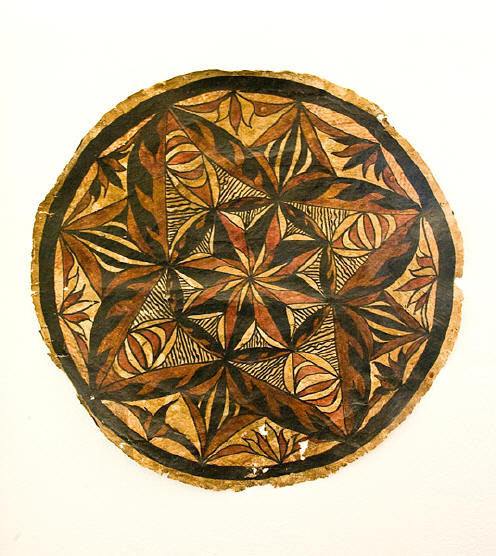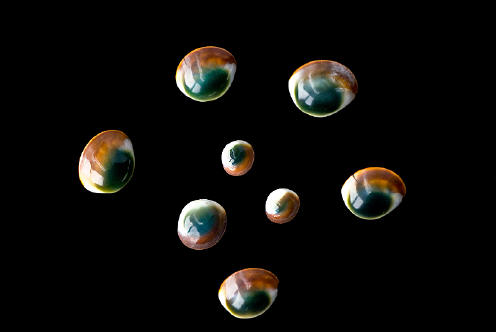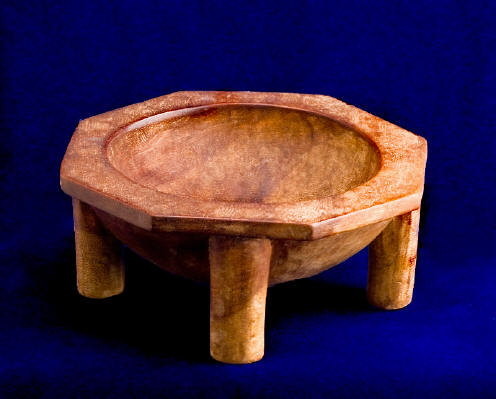| |
South Pacific Items
|

|
Turtle
High quality hardwood hand
carved turtle
treasure box/bowl with lid, from Samoa.
Collected in Pago Pago, American Samoa -
1948 |
|
Tapa Cloths
Tapa cloth (or simply tapa) is a bark cloth made in the
islands of the Pacific Ocean, primarily in Tonga and Samoa, but as far
afield as Java, New Zealand, Papua New Guinea and Hawaii.
Tapa can be painted. The patterns of Tongan, Samoan, and
Fijian tapa usually form a grid of squares, each of which contains
geometrical patterns with repeated motifs such as fish and plants, for
example four stylised leaves forming a diagonal cross. Traditional dyes are
usually black and rust-brown, although other colours are also known.
Tapa cloth is also known as "bark cloth," because that's just what it is. It
is cloth made from tree bark. It's usually from a mulberry tree (Broussonetia
papyrifera).
|

|
 |
Cat's Eye Shells
8 of 30 Collected in American
Samoa during 1948 by the Horne family. Sizes from 1/2" to 1"
Cat's Eye shells -- each one
the operculum or foot-closure of a sea-snail called a Turban Shell or Turbo
-- are widely used in Europe and the Middle East for protection against the
evil eye, no doubt because they themselves resemble eyes.
Often made into buttons and pendants. |
|
Kava Bowl
Small
(4" diameter 1-3/4" high) Samoan wood
Kava Bowl, collected in 1948
Kava is an all natural soothing and calming
beverage powder made from theroots of the Kava plant. Once the roots are
harvested they are sun dried andground into powder. |

|
| |
|
Useful
Resources
|
|
|

Authentic
Artifact
Collectors
Association
______
Overstreetid.com
The Official Overstreet Indian
Arrowhead Identification Online Database
______
|
|
|
|
|
|
|